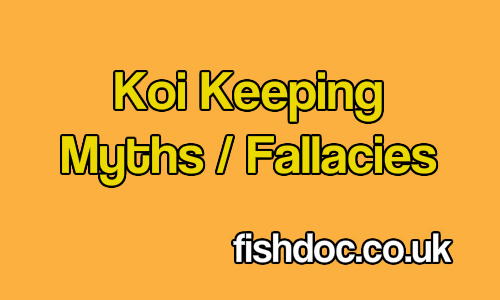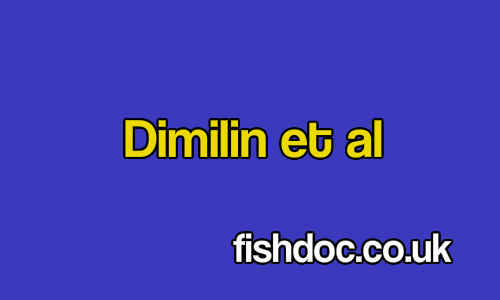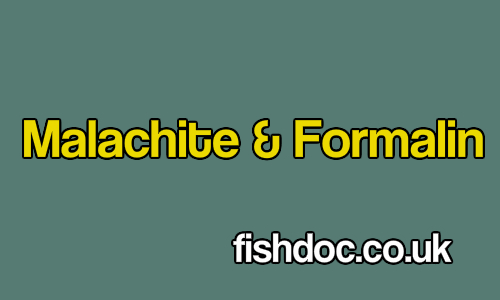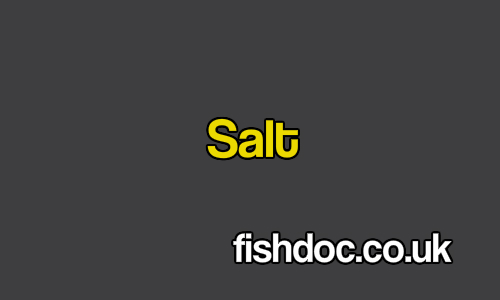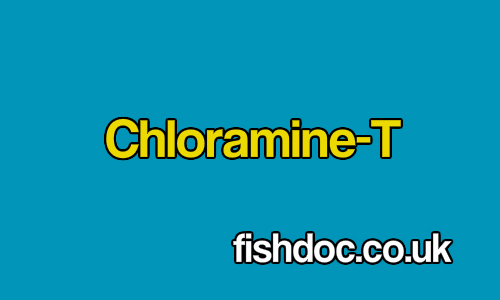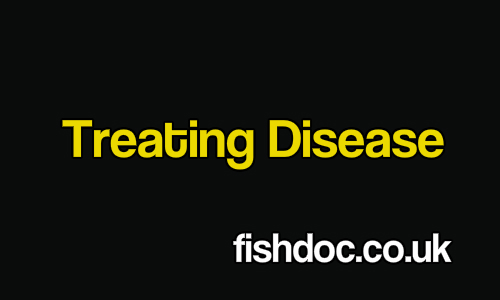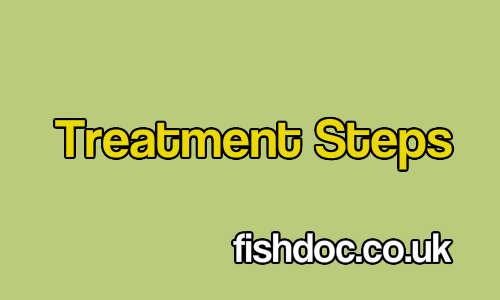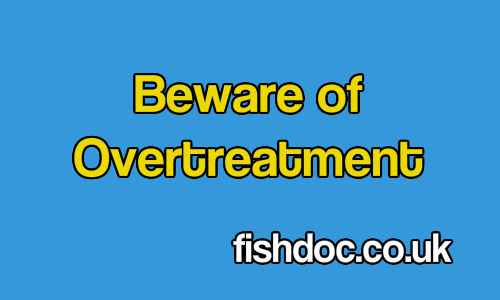
Fish disease treatments are often the main threat Often the biggest threat to koi health are fish disease treatments! How do most disease treatments work? Should you treat the pond or the fish? Whatever you do take precautions. Pond “medications”? There are several considerations when using a pond ‘medication’ but undoubtedly the most basic is ..
